
TELEC Certification: Japan Radio Compliance
As one of the world’s major consumer electronics markets, Japan maintains strict and detailed regULations for wireless product access. TELEC (Telecom Engineering Center) certification is the core qualification under Japan’s Radio Law for legally marketing wireless products, determining whether a product can enter the Japanese market. In recent years, with the development of 5G, IoT, and wireless charging, the Ministry of Internal Affairs and Communications (MIC) has revised radio regulations multiple times, adjusting the scope, testing standards, and compliance requirements of telec certification. Companies must accurately understand the regulatory key points and certification logic to mitigate risks and efficiently enter the Japanese market.

TELEC Certification
TELEC certification is not a product quality certification; it is a mandatory certification for wireless emission compliance, determining whether a product meets the requirements of the Radio Law.
1. Scope of Application
Covers all products that intentionally emit radio waves, including:
- Communication products: Bluetooth headsets, wireless speakers, smartphones (5G/4G), WiFi routers, etc.
- IoT devices: smart sensors, smart home appliances, industrial IoT terminals
- Positioning and navigation: GPS, BeiDou terminals
- Short-range wireless: wireless chargers, RFID, ZigBee devices
Products that do not intentionally emit radio waves(e.g., wiRED headphones, non-wireless appliances) do not require TELEC but must comply with the Electrical Appliance and Material Safety Law (PSE). If a product has both wireless functionality and electrical safety requirements (e.g., wireless smart plugs), dual certificationis required for sale.
2. Core Role
Products without TELEC certificationcannot be produced, sold, imported, or used in Japan. Violations may result in seizure or confiscation, with penalties of up to 1 million JPY fine or 6 months imprisonment.
TELEC is therefore the mandatory gatewayfor wireless products entering Japan and the authoritative proof of radio compliance.
Japan Radio Regulation Updates (Key Changes 2023–2025)
To adapt to new technologies and international standards, MIC began revising regulations in 2023, with partial implementation in 2024 and detailed IoT compliance requirements in 2025. These changes affect TELEC testing standards, scope, and procedures. Companies need to focus on three major updates:
1. LPWAN DeviCE certification Requirements
From 2024, all 920–928 MHz low-power wide-area network devices (e.g., LoRaWAN, Sigfox) must pass “Specified Low-Power Radio Equipment” testing, verifying frequency stability, adjacent channel interference, and transmit power limits.
2. 5G Testing Standard Upgrade: Millimeter-Wave Bands
New 28/39 GHz millimeter-wave testing is required, including beamforming consistency, stricter transmit power limits (28 GHz reduced from 30 dBm to 27 dBm), and submission of a “Frequency Band Usage Declaration.”
3. Strengthened Compliance Traceability: Product UID
All TELEC-certified products must display “TELEC number + UID”on the device or packaging. UID includes company code, model, and batch, which can be verified on the MIC website. Without a UID, even certified products are considered non-compliant.
Key Points of TELEC Certification
1. Choose the Correct Certification Category
TELEC has three categories:
- Specified Low-Power Devices: Bluetooth, WiFi, LPWAN; 2–3 weeks; cost 15,000–30,000 CNY
- Designated Radio Equipment: high-power, professional equipment; 4–6 weeks; cost 50,000–100,000 CNY
- Amateur Radio Devices: personal amateur use, requires user qualification
Misclassifying LPWAN as exempt or applying 5G millimeter-wave under Sub-6GHz can cause certification failure.
2. Align with New Core Testing Standards
- LPWAN: frequency error ≤ ±10 ppm, adjacent channel leakage ≤ -30 dBc
- 5G Millimeter-Wave: beam pattern, spurious emissions, thermal adaptability tests
- All wireless products: environmental adaptability tests (-20–60°C, humidity 5–95%)
3. Standardize Application Materials
New materials required:
- Product technical specification (in Japanese, including RF parameters and hardware structure)
- Frequency band usage compliance declaration
- UID coding rules
Existing materials such as sample lists, business license, and authorization letters must still be prepared, with consistent information.
4. Compliance Maintenance After Certification
- Product changes require re-application
- Periodic cooperation with MIC inspections; keep samples and technical documents
Recommendations for Companies
Integrate Regulatory Requirements into Design
Analyze regulatory requirements during the R&D stage, incorporating frequency bands, test standards, and labeling rules into product design.
Choose Local Japanese Certification Labs
Local labs respond quickly and understand audit preferences, reducing document revision time.
Establish a Compliance Document Repository
Maintain certificates, test reports, specifications, UID lists, and change records for at least 5 yearsto meet inspection or client requirements.
Adapting to Japan’s radio regulation revisions for new technology, stricter TELEC certification is both a challenge and an opportunity to enhance competitiveness. Companies must accurately grasp regulatory key points, strictly manage certification processes, and plan compliance in advance to avoid seizures or market loss, ensuring long-term stable growth in the Japanese market.
Email:hello@jjrlab.com
Write your message here and send it to us
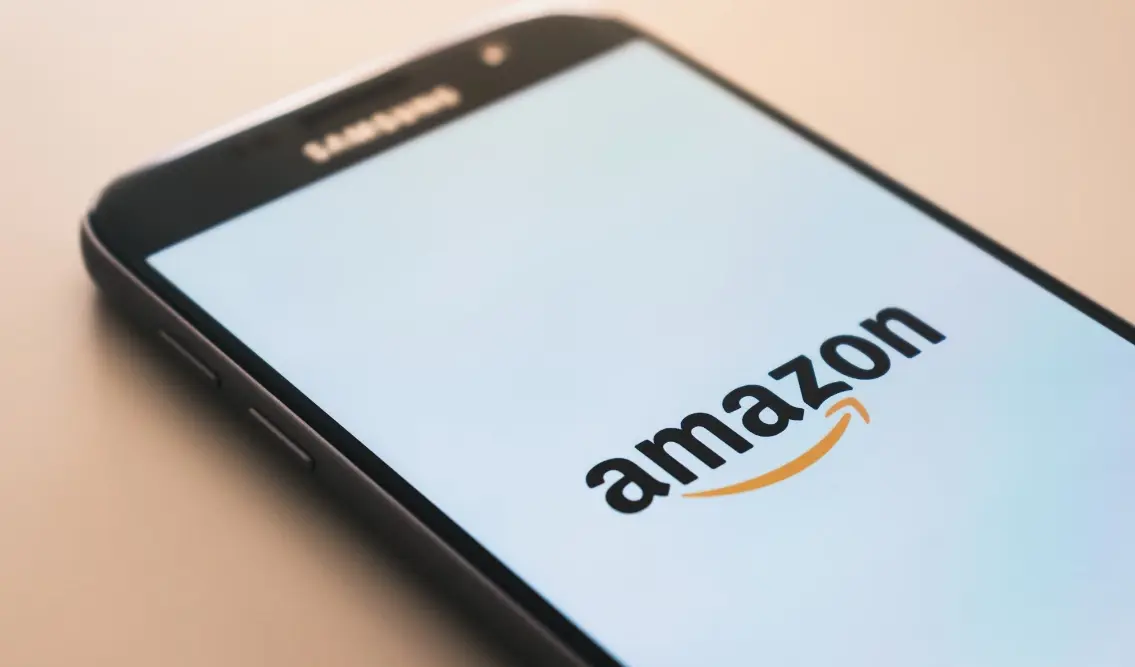 What are ASTM F963 and CPSIA?
What are ASTM F963 and CPSIA?
 Comparison of ASTM F963 and EN 71
Comparison of ASTM F963 and EN 71
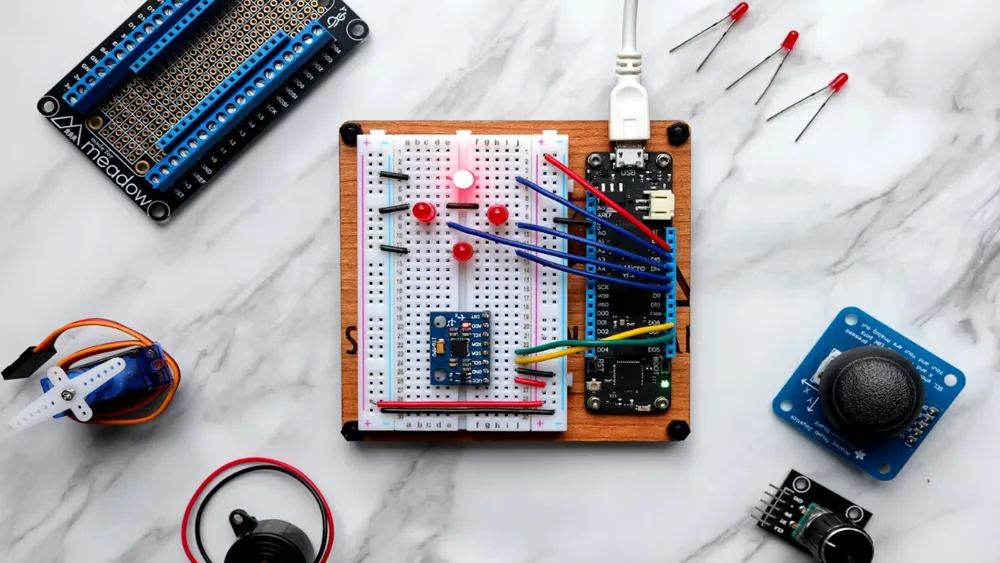 How to get CSA C22.2 NO.256:14 Test Report?
How to get CSA C22.2 NO.256:14 Test Report?
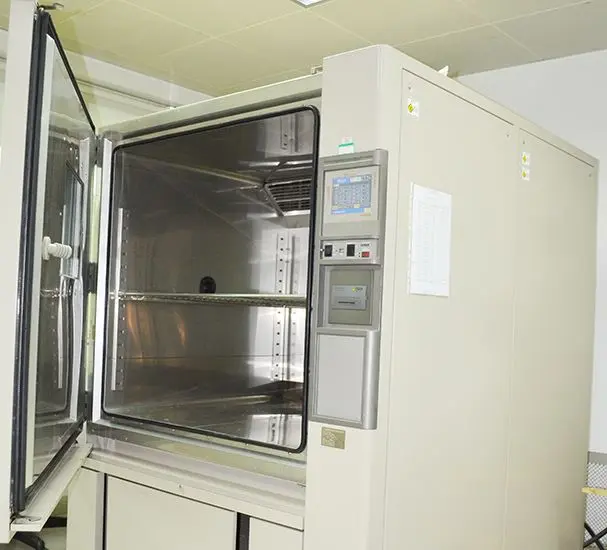 How much is the ISTA Amazon Packaging & Shippi
How much is the ISTA Amazon Packaging & Shippi
 Amazon Product Laboratory Testing Requirements
Amazon Product Laboratory Testing Requirements
 How to Get EPA Certificatio
How to Get EPA Certificatio
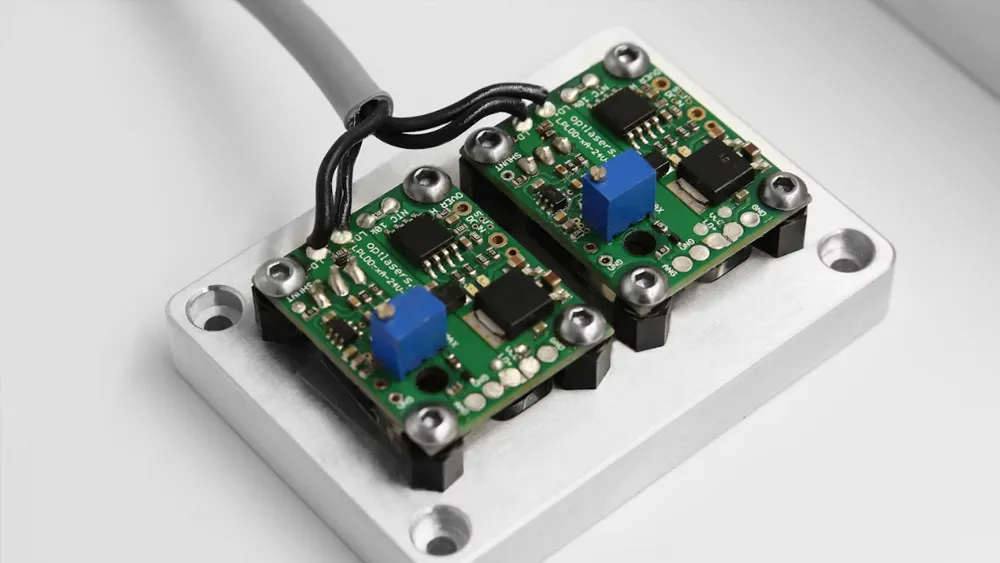 What is EPA Certification in the United States?
What is EPA Certification in the United States?
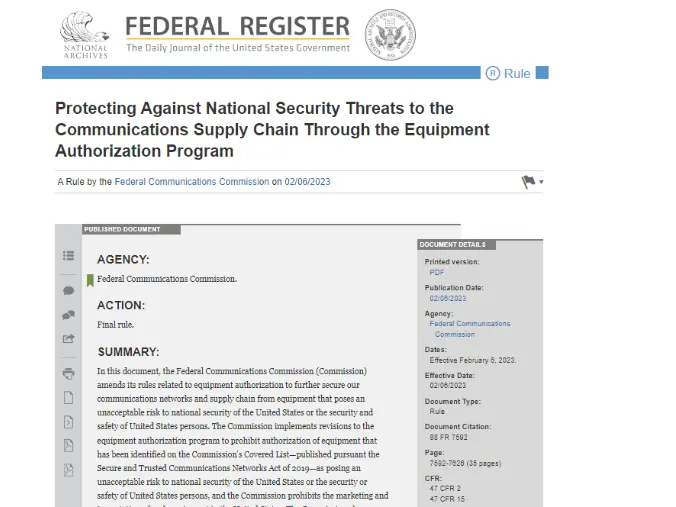 What is an FCC Registered Agent?
What is an FCC Registered Agent?
Leave us a message
24-hour online customer service at any time to respond, so that you worry!




